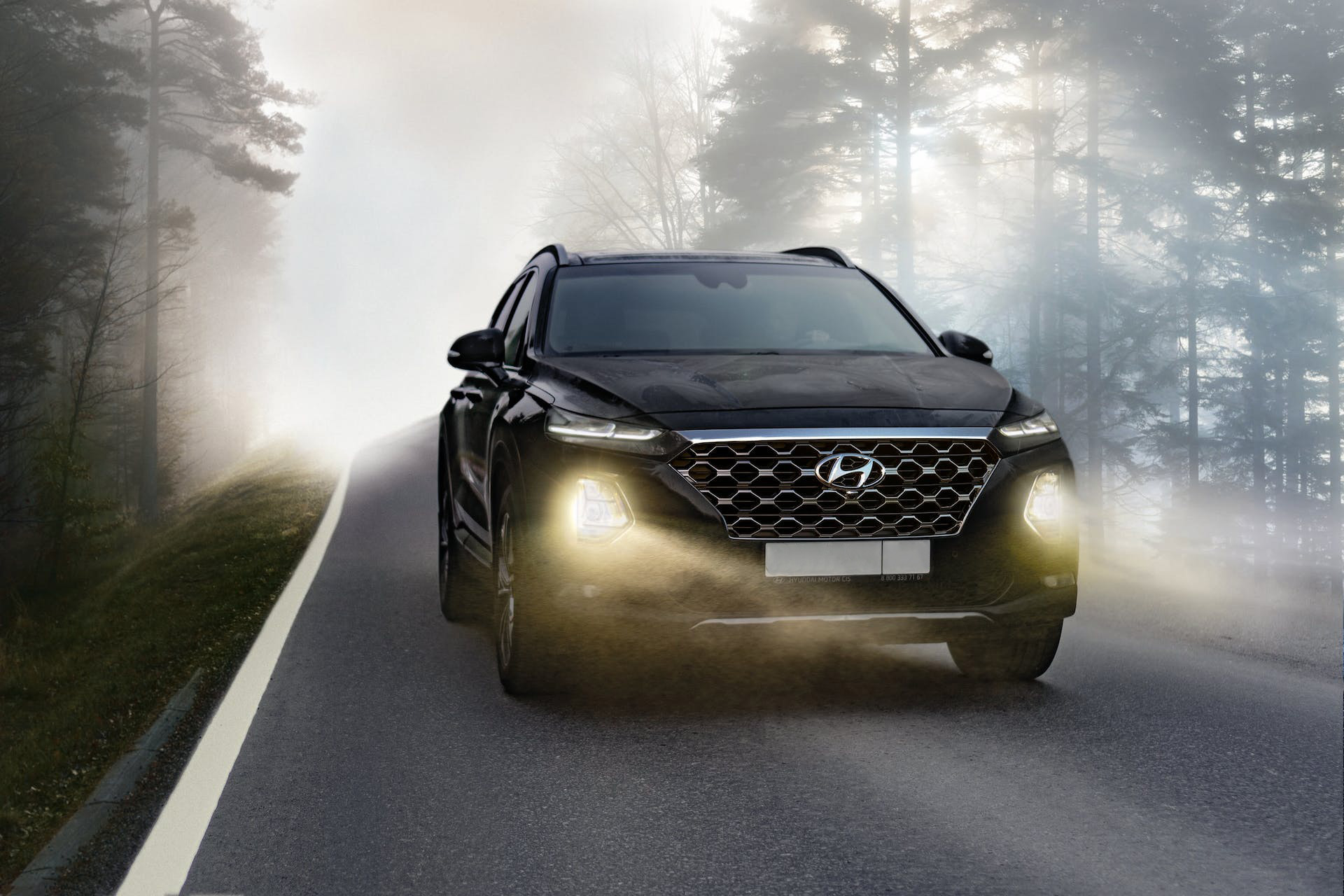Introduction to augmented reality
Augmented reality (AR) is transforming the driving experience. By overlaying virtual information onto the real world, this technology revolutionizes how we interact with vehicles. At Nerd Auto, we believe AR has the potential to make driving safer and more enjoyable.
Enhancing road safety
Safety is a priority for all drivers. AR plays a key role by providing real-time information. Head-up displays (HUDs) project important data onto the windshield, allowing drivers to stay focused on the road. These systems can display speed, GPS directions, and collision warnings. By integrating this information directly into the driver’s line of sight, AR reduces distractions and improves road safety.
Real-time navigation and assistance
GPS navigation has become more intuitive thanks to AR. Navigation apps use AR to overlay directional instructions directly onto the road. This allows drivers to easily follow routes without taking their eyes off the road. Additionally, AR can provide real-time traffic information, roadwork updates, and accident alerts, helping drivers make informed decisions.
Vehicle maintenance and repair
AR is not limited to the driving experience. It also finds applications in vehicle maintenance and repair. Technicians can use AR glasses to see instructions overlaid on vehicle parts. This makes repairs easier by providing step-by-step visual guides. This technology reduces errors and speeds up maintenance processes, ensuring more efficient service.
Immersive buying experience
For car dealerships, AR offers a new dimension to the buying experience. Customers can use AR applications to visualize different car models and configurations. They can see how a car looks with various color options, wheels, and interiors without needing physical models. This immersive experience helps customers make more informed purchasing decisions and find the vehicle that perfectly matches their needs.
Revolutionizing the automotive industry augmented reality
AR is revolutionizing the automotive industry by offering significant benefits to drivers, technicians, and dealerships. It enhances safety, simplifies navigation, facilitates repairs, and transforms the buying experience. At Nerd Auto, we are passionate about innovation and committed to integrating the latest technologies to provide an exceptional driving experience.
Benefits of augmented reality for drivers
For drivers, AR offers tangible everyday benefits. Head-up displays can include information about weather, nearby points of interest, and even vehicle maintenance reminders. This integration of practical information keeps drivers informed without taking their eyes off the road. Additionally, AR can be used for advanced driver training, simulating emergency situations to improve driver skills.
Integration with autonomous driving systems
AR also plays a crucial role in developing autonomous vehicles. Autonomous driving systems use AR to detect and analyze obstacles in real time. This allows autonomous vehicles to navigate more safely and efficiently. The integration of AR with autonomous driving technologies promises to radically transform the automotive industry, offering safer and smarter transportation solutions.
Conclusion
Augmented reality is transforming how we interact with our vehicles. It enhances safety, navigation, and maintenance while offering an immersive buying experience. At Nerd Auto, we believe AR is the future of the automotive industry. Contact us to discover how we can integrate this innovative technology into your car dealership. Together, we can create a safer and more enriching driving experience.

